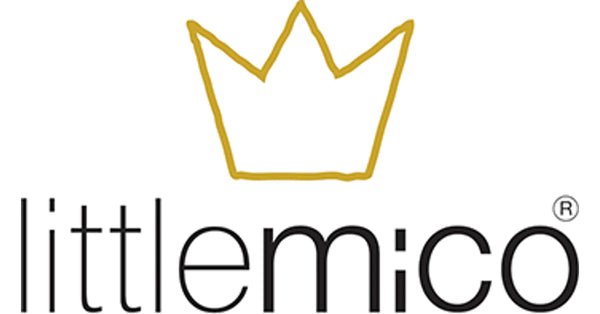As a parent, your child's safety and well-being are your top priorities. When it comes to pacifiers, they can be a great source of comfort and relief for your baby. However, ensuring that your baby's pacifier is both secure and hygienic is crucial. In this article, we will explore essential tips and practices to keep your baby's pacifier safe and clean, promoting their health and peace of mind for you.
1: Choosing the Right Pacifier
Safety begins with selecting the right pacifier. Here's what you should consider:
Age-Appropriate: Choose a pacifier designed for your baby's age. The size and shape should match their developmental stage.
Material Matters: Opt for pacifiers made from safe, non-toxic materials like medical-grade silicone or latex. Ensure they are free from harmful chemicals.
One-Piece Design: Pacifiers with a single, molded design are safer, as they reduce the risk of small parts detaching.
2: Regular Inspection
Inspect your baby's pacifier regularly to ensure it remains safe to use:
Check for Wear and Tear: Look for cracks, tears, or any signs of damage. If you notice any, replace the pacifier immediately.
Tug Test: Give the pacifier's nipple a gentle tug to make sure it's securely attached to the shield. It should not come loose easily.
3: Cleaning and Sterilization
Maintaining proper hygiene is vital:
Daily Cleaning: Wash the pacifier with mild soap and warm water daily. Use a dedicated pacifier brush to clean hard-to-reach areas.
Sterilization: Sterilize the pacifier regularly, especially when it's new or if your baby has been ill. You can do this by boiling it for a few minutes or using a sterilization device.
Avoid Microwave Sterilization: Avoid microwaving pacifiers, as it can damage them and create hotspots that might burn your baby.
4: Pacifier Clips and Holders
Using pacifier clips and holders can enhance safety:
Prevent Dropping: Clips and holders prevent the pacifier from falling on the floor, reducing the risk of exposure to germs and dirt.
Safe Length: Ensure that the clip or holder has a safe length, so it does not pose a choking hazard.
5: Avoid Decorative Accessories
Resist the temptation to adorn your baby's pacifier with decorative items like ribbons or beads:
Choking Hazard: These decorations can detach and become choking hazards for your baby.
Keep It Simple: Stick with a plain, one-piece pacifier for safety.
6: Pacifier Alternatives
Sometimes, it's necessary to explore alternatives:
Breastfeeding: If you are breastfeeding, consider offering your baby the breast instead of a pacifier for comfort.
Teething Toys: When your baby starts teething, provide safe teething toys to soothe their discomfort.
Conclusion: Ensuring your baby's pacifier is secure and hygienic is essential for their health and safety. By choosing the right pacifier, regularly inspecting it, maintaining proper hygiene, using pacifier clips and holders, and avoiding decorative accessories, you can provide your baby with a safe and comforting pacifier experience.
Remember, your baby's needs can change as they grow, so stay attentive and adapt your approach accordingly. Your commitment to safety and hygiene will not only protect your baby but also provide peace of mind for you, allowing you to enjoy every precious moment with your little one.
Visit our pacifier collection here: Littlemico
Visit our pacifier holder collection here: Littlemico

